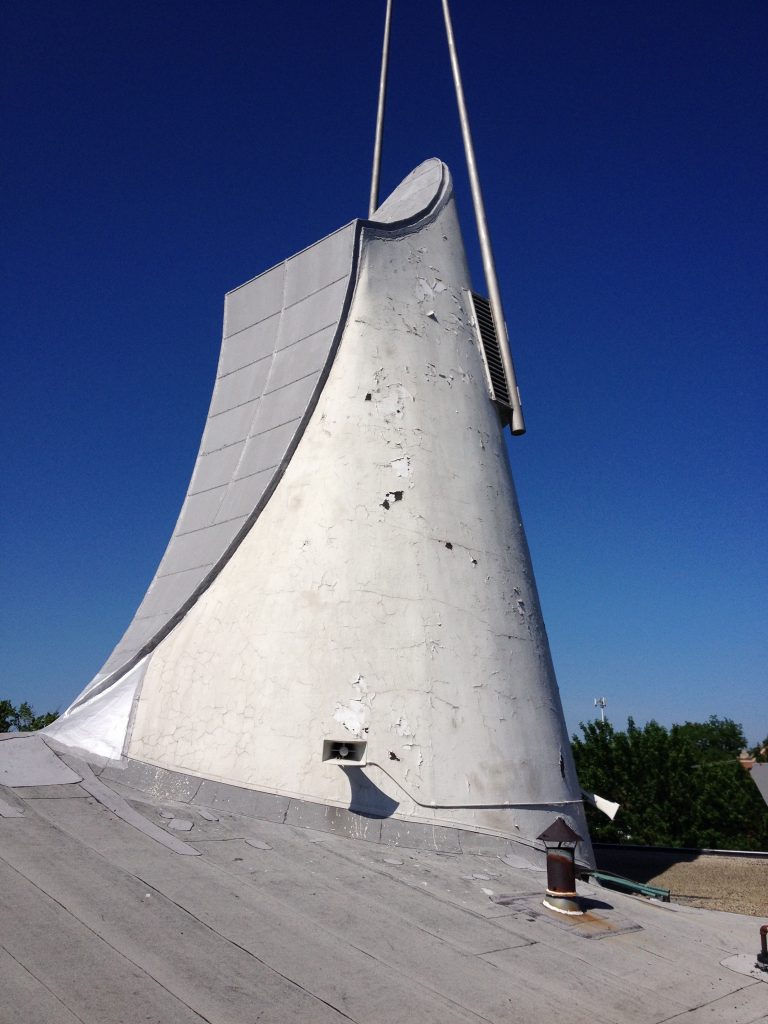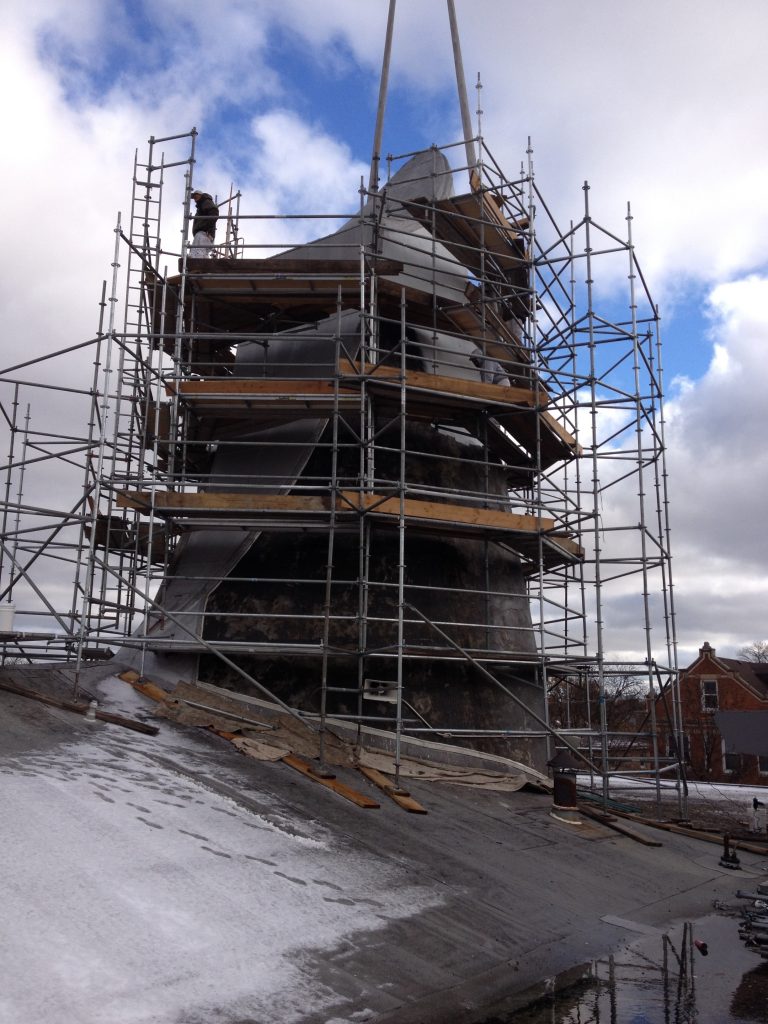Fortune Restoration’s projects with St. John Bosco Parish on Chicago’s north side have included both interior painting and exterior restoration. As the interior paint contractor, Fortune Restoration was able to restore the interior finishes of this vibrant church. As the exterior paint contractor for St. John Bosco, included a lot of scaffolding and great height. When doing the Church steeple restoration, Fortune had to build a scaffold system that would allow these Chicago painters to repair and paint the various areas that needed attention.
Saint John Bosco, Italian in full San Giovanni Melchior Bosco, byname Don Bosco (born Aug. 16, 1815, Becchi, near Turin, Piedmont, kingdom of Sardinia [Italy]—died Jan. 31, 1888, Turin; canonized April 1, 1934; feast day January 31), pioneer in educating the poor and founder of the Salesian Order.
Bosco was ordained a Roman Catholic priest (1841) in Turin and, influenced by St. Joseph Cafasso, began to work to alleviate the plight of boys who came to seek employment in the city. Working in borrowed premises, Bosco provided boys with education, religious instruction, and recreation; eventually he headed a large establishment containing a grammar school, a technical school, and a church, all built through his efforts. He also achieved a local reputation as a popular preacher. In Turin he and 22 companions founded (1859) the Society of St. Francis de Sales (Salesians of Don Bosco), which before his death had spread to England, France, Spain, and South America. With St. Mary Mazzarello he founded the Daughters of Our Lady Help of Christians, a congregation of nuns dedicated to similar work among girls.
The church, built in 1964, and designed by award-winning architects Belli & Belli of suburban Wheeling. Saint John Bosco Church is designed to echo a dream that Saint John Bosco had in 1862 concerning a “great ship steered by the Pope heading for pillars of the Eucharist and Mary amid storms and enemy ships.” From the outside, the church is simple in its mid-century modern appearance with a tall, curved, steeple-like structure at the top that replicates a great wind-filled sail guiding the strong vessel through the surrounding neighborhood of tall trees and angled roofs.





















